Pushing Boundaries and injecting humor – Studio Sander Plug
In this interview, we have the pleasure of delving into the captivating world of a creative force who has garnered numerous awards throughout their career – Studio Sander Plug. With a desire for pushing boundaries and injecting humor into their work, they have demonstrated a remarkable ability to approach projects from unexpected angles.
Over the course of your career, you have received an impressive amount of awards. Is there one that means particularly much to you?
Lernert Engelberts and I once organized an award ceremony in Amsterdam, together with Lost & Found Art Night, called “Prize the prize”: the award for the best designed award. We then challenged five Dutch designers to design the award for the winner of that evening. How to design an award for the best designed award without stealing the spotlight… I think that was such a great night, so that would be my answer to this first question.
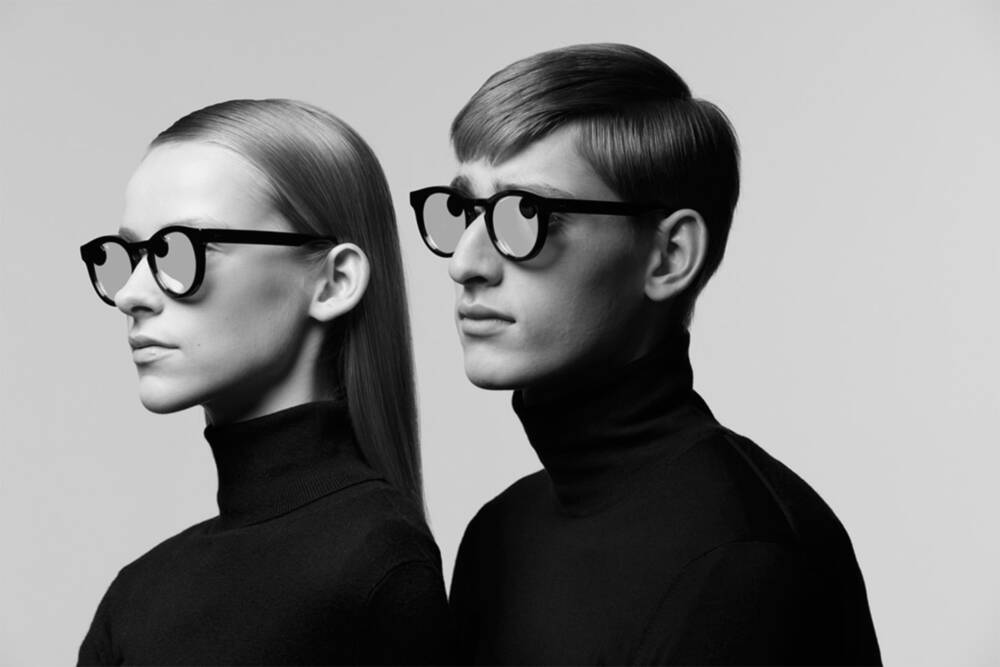
You were asked by Elle Magazine to design an award for their annual style award and created a piece that can be worn as jewelry instead of being placed somewhere and never be moved again. Is there an award that you received which you find especially well designed?
The funny thing is that this Elle Style award was also nominated for the best designed award on our Prize the prize award night. Also pointing out the incestuous world designers and juries live in. We created the smallest award ever – a 14 carat gold version of the annoying plastic price tag, which plagues even the most luxury clothing. We made the unglamorous, glamorous focusing on the most common, least celebrated, underexposed part of a garment, the tag. And thank God, we didn’t win.
Could you tell us a bit about your educational route? Why did you decide to do a master degree in fine arts after your degree in industrial engineering?
I studied Industrial Design at the Technical University in Delft, great study but for me it wasn’t focussing enough on the creative part of the design process. And that’s what I gravitated towards. After my studies I bought my first Apple computer and started out as a graphic designer doing theatre and film posters. A friend and I participated in a design competition for a postcard brand and won two bus tickets to the Cannes Lions festival, my first real confrontation with the advertising world. I subsequently worked at an agency in Amsterdam for a year, but realized I didn’t like the culture of advertising creatives at that time: straight, cocky and druggy. I also had the urge to be more autonomous and to do my own projects. So I quit and applied for the fine arts post graduate at Sandberg. Got accepted and worked two years on free projects. It gave me the opportunity to become an artist and a filmmaker instead of remaining an art director.
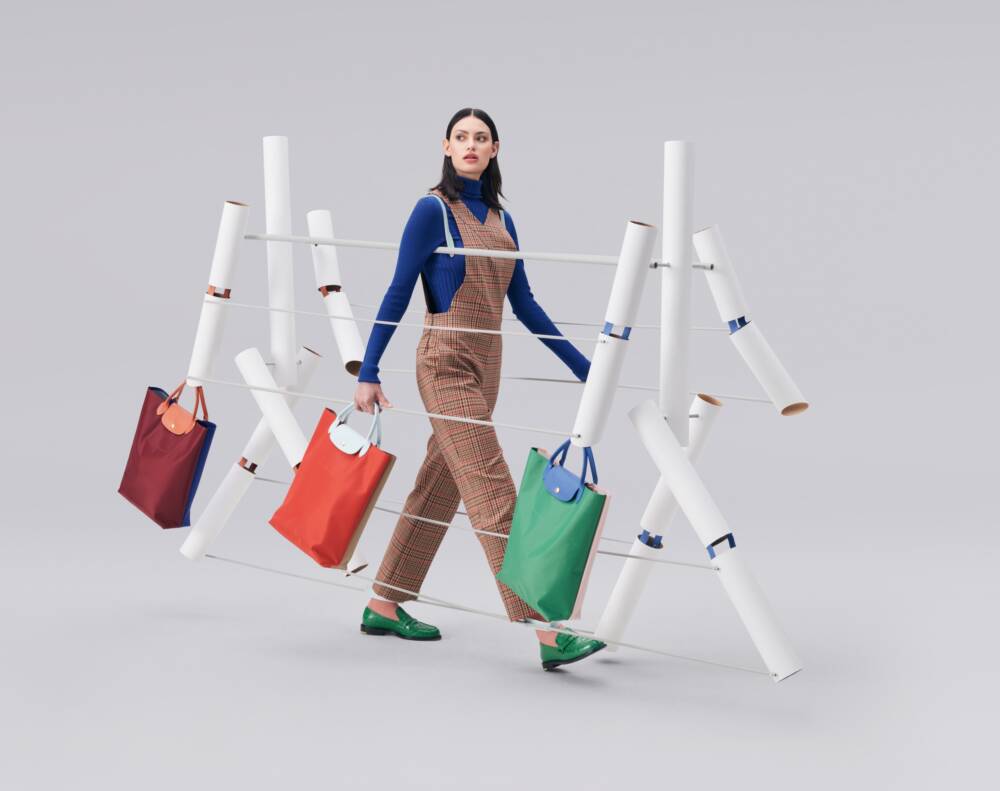
How do you see your knowledge and skills from both degrees impact your professional life?
I think industrial engineering really helps me embrace a problem. A brief, or a design problem is fun and thinking how to solve it or rewrite it and come up with a good solution definitely comes from my industrial engineering background. So never be afraid of a problem. Being free and always thinking about the ‘why’ and ‘what it communicates’ comes from my graphic design period and the Sandberg. Clear communication. Don’t show noise. Isolate what is important.
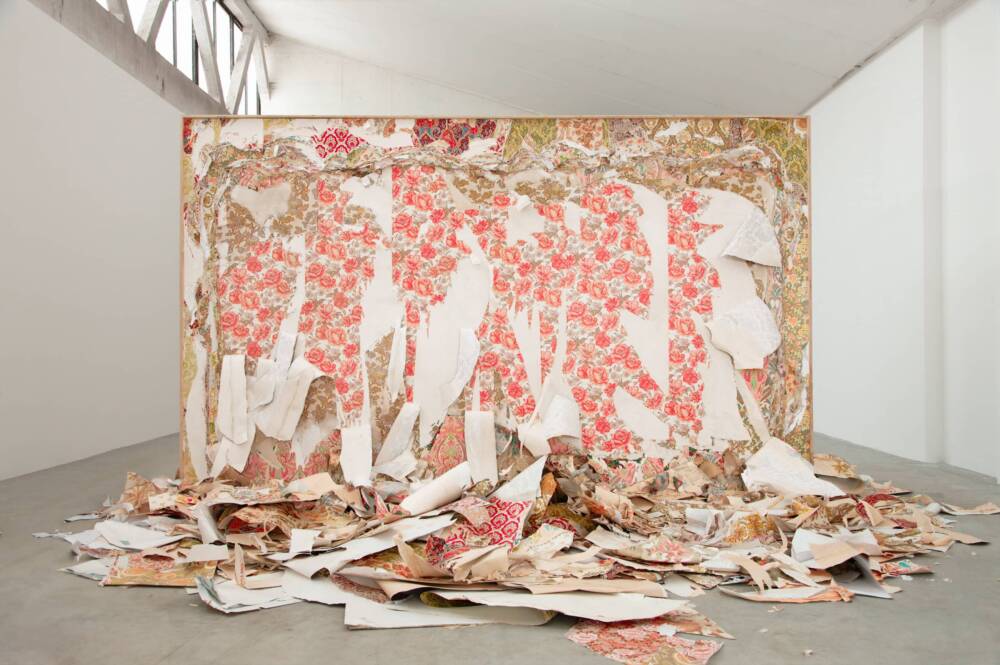
Your work often has an unexpected, at times even comical twist to it. Would you say taking yourself, things, projects not too serious is one aspect of your approach to advertising?
Definitely. Clients or brands normally take themselves very seriously or have many fears. There are exceptions of course. So having a smart, sometimes even witty, answer to a brief is definitely something that I love to do. It is good to let people smile.

Do you have daily (creative) routines you stick to?
Every morning at breakfast my partner and I write down our thoughts in a small chair. It stuck to us after reading The Artist Way. You need to write three pages, we are now down to two pages or sometimes one, about what is on your mind. It is not a diary, because then you intend to re-read it, which we never do. We throw away the notebooks when they are full. If you don’t have anything to write about, that’s what you write. I have been doing this for a year now and it really helps me. Very fast you notice some subjects start to reoccur while writing, which helps in solving them. Now I use it a lot for talking through the day that is ahead. Thinking about projects and even writing down ideas. My partner and I talk a lot while we write. So our breakfast ritual is without our phones, but with pen and paper. Our thoughts. Our conversations. And coffee. It is the perfect start of the day.
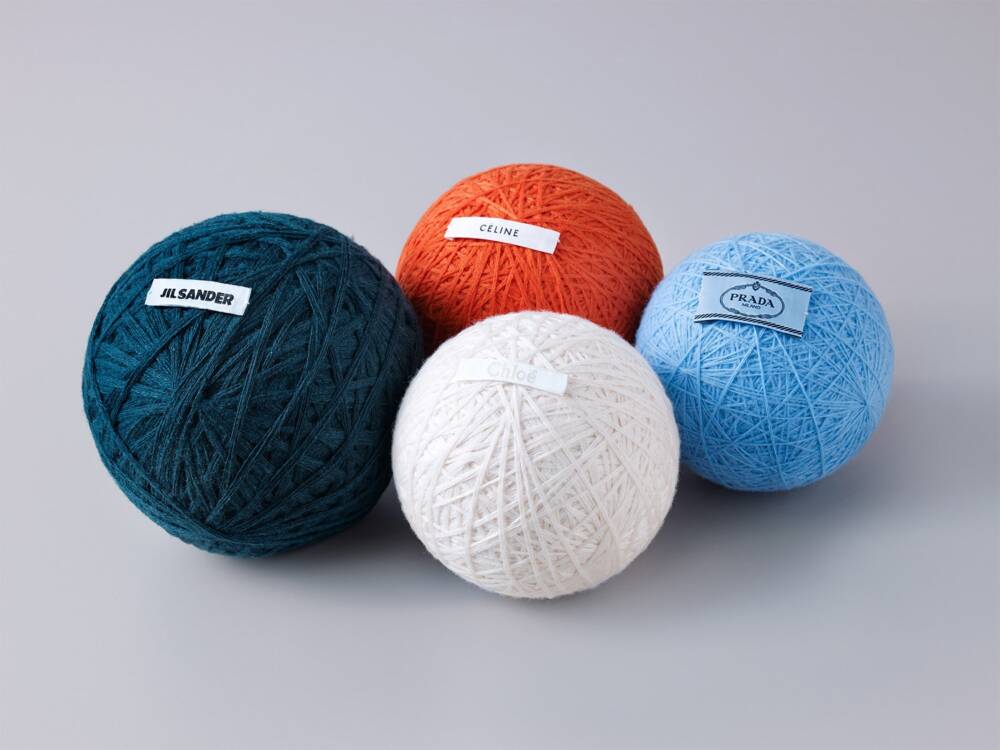
From 2007 until 2019, you were part of the artistic duo lernert & sander. What made you decide to leave this chapter behind and both work independently?
Well we worked as a duo for 12 years. We created the most amazing work together and had a lot of fun while doing so. But we really did everything together, from the creative, the design, casting to discussing a paint color etcetera. Hand in hand squeezing ourselves through the keyhole. Our identity became Lernert & Sander instead of our individual selves. After always talking about ‘we’ for over 10 years, it was time to talk about ‘I’. When you realize you already know how the other will react to an idea you propose, it is time to rethink your practice. So that’s what we did.
In October, you will join us at forward festival in Vienna, anything you especially looking forward to?
I am looking forward to being on stage again as an individual. And obviously also a bit nervous after doing this as a duo for years. But emotions are key to keep making good work. So I can’t wait to show my work and feel the audience react to it. Having your work shared online, and getting digital hearts and shoulder pats can’t compete with a live audience. I think as a maker that is so energizing. Not so much the five minutes I’m shitting my pants before going on stage.
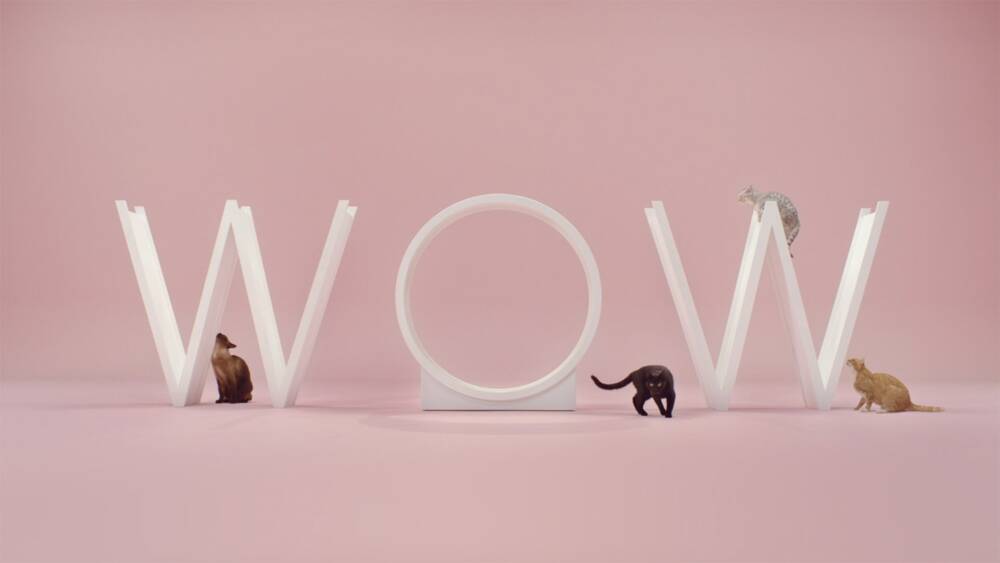
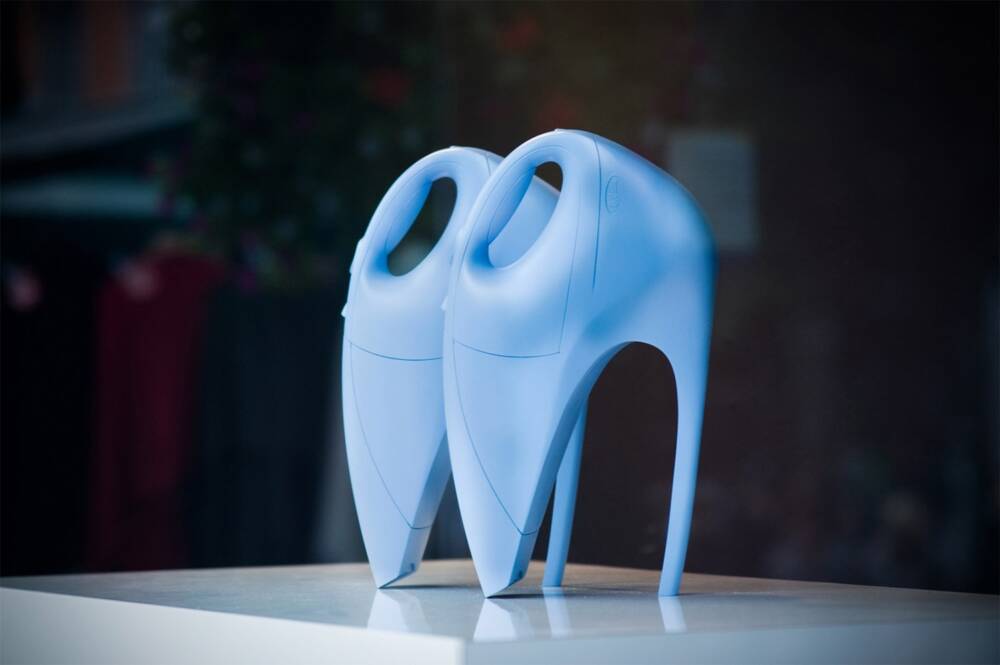
Image credits: © Studio Sander Plug
Interview Questions: Vivianne Pärli